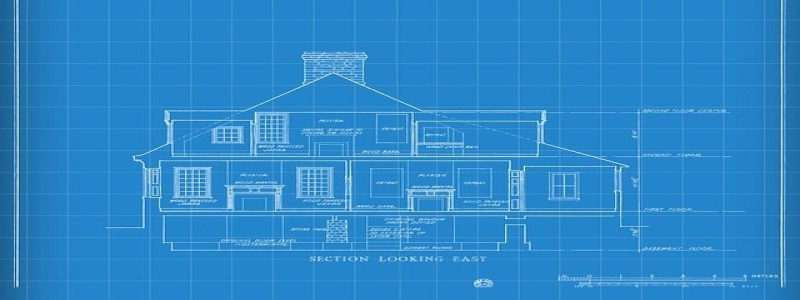Ethernet Extension Cables
Introduction:
Ethernet extension cables are essential components for extending wired network connectivity. These cables are widely used in homes, offices, and other environments where the distance between devices and network routers or switches exceeds the standard Ethernet cable length.
1. Benefits of Ethernet Extension Cables:
1.1 Increased Range: Ethernet extension cables allow users to extend the range of their wired network connections, enabling devices to be placed further away from the router or switch without compromising network performance.
1.2 Flexibility: With Ethernet extension cables, users have the flexibility to position their devices wherever they want, even in areas with limited access to network infrastructure.
1.3 Cost-Effective Solution: Ethernet extension cables provide a cost-effective alternative to reconfiguring an entire network or installing additional networking equipment. They are the ideal solution for situations where temporarily extending network connectivity is required.
2. Types of Ethernet Extension Cables:
2.1 Cat5e Ethernet Extension Cables: These cables are suitable for extending network connections up to 100 meters. They support speeds of up to 1 Gbps and are commonly used in both residential and commercial settings.
2.2 Cat6 Ethernet Extension Cables: Cat6 cables are an enhanced version of Cat5e cables and can handle higher bandwidths and faster data transfer rates. They are suitable for extending network connections up to 100 meters and support speeds of up to 10 Gbps.
2.3 Outdoor Ethernet Extension Cables: These cables are designed for outdoor use and can withstand harsh weather conditions. They are widely used for extending network connections in outdoor setups, such as for security cameras or outdoor Wi-Fi access points.
3. Considerations for Choosing Ethernet Extension Cables:
3.1 Cable Length and Range: Determine the required cable length based on the distance between the devices and the router or switch. Consider the maximum range supported by the chosen cable type.
3.2 Speed Requirements: Assess the network speed requirements and select an Ethernet extension cable that supports the desired data transfer rate.
3.3 Cable Quality: Ensure that the chosen cable is made of high-quality materials to minimize interference and signal loss, thus ensuring reliable network connectivity.
3.4 Compatibility: Check the compatibility of the Ethernet extension cable with the existing network equipment to avoid any compatibility issues.
Conclusion:
Ethernet extension cables are indispensable for extending wired network connections beyond the standard cable length. They provide increased range, flexibility, and a cost-effective solution for network expansion. With different types available, users can select the appropriate cable based on their specific requirements. Careful consideration of cable length, speed requirements, quality, and compatibility will help ensure optimal performance and reliable network connectivity.








